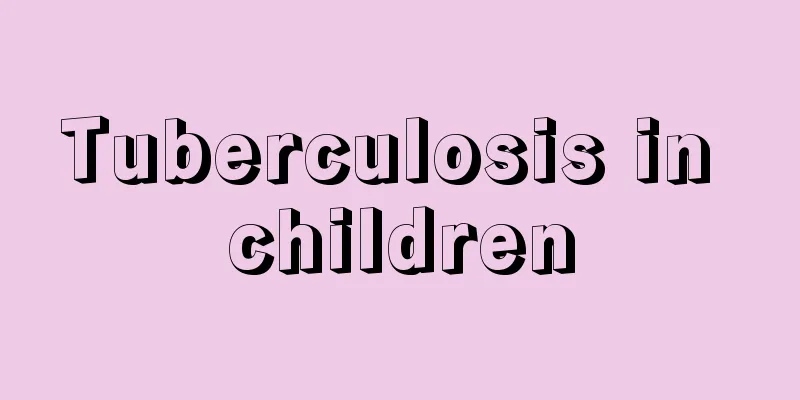How much jaundice index can breastfeed

|
Everyone knows that jaundice in newborn babies is a normal phenomenon. When the baby's jaundice symptoms are relatively mild, parents only need to pay more attention and observe. When the jaundice symptoms are severe, they must go to the hospital for treatment in time. Jaundice can be divided into physiological and pathological types, and breast milk jaundice is one of them. Under normal circumstances, breast milk jaundice does not have any serious impact on babies.
Breast milk jaundice requires the jaundice level to be reduced by at least 50% before breastfeeding can be resumed. Generally, breastfeeding does not need to be stopped for breast milk jaundice. Only when the blood serum bilirubin is >15mg/dl (256.5μmol/L), breastfeeding can be suspended for 3 days. Breastfeeding can be resumed after the jaundice subsides. If bilirubin drops by ≥50% and breastfeeding is continued, jaundice may not reappear, and even if it does, it will not reach the original degree. How to determine whether the baby's jaundice is breast milk jaundice 1. First of all, we need to pay attention to the color of the child's stool. If the stool color is golden, yellow-green or brown, it means that the child does not have bile duct obstruction. Because children with biliary obstruction cannot excrete bile smoothly, their stools are mostly light in color, light green in the early stages and grayish-white clay-like in the later stages. Prolonged bile duct obstruction can damage the liver, especially since the time window for biliary atresia surgery is relatively short. Once missed, the prognosis will be very poor. Therefore, it is very important to observe the color of the stool of children with jaundice. 2. For a child who seems healthy but has persistent jaundice, it is still necessary to seek medical attention. At least the doctor can do a preliminary check for other rare diseases such as hemolysis, infection, and metabolism. At the same time, we can monitor the child's weight gain through the growth curve. If the weight gain is good, we don't have to worry too much.3. Regardless of whether it is early-onset or late-onset breast milk jaundice, the jaundice will subside after 3-5 days of stopping breastfeeding; if breastfeeding is started again, jaundice will reappear. 4. Breast milk jaundice lasts longer than general physiological jaundice. Some can last up to 1-2 months. In some babies, jaundice may even last for about 3 months. However, as long as the baby is in good spirits and has adequate nutrition, there is no need to worry.
1. Pay attention to keeping warm, nursing, increasing nutrition and preventing infection; 2. After excluding pathological factors such as hemolysis, you can strengthen feeding, let the baby eat more and defecate more, and increase the excretion of bilirubin through the intestine; 3. Let your baby get more sun exposure and let the sun shine on the baby's skin. You can do so through the glass, but the closer to the glass, the better. At the same time, be careful to avoid direct sunlight into the eyes. 4. Glucose has no effect on relieving jaundice, so do not add it to your baby's diet at will. |
<<: Concept classification of jaundice
>>: Is urobilinogen I jaundice?
Recommend
What can children eat to grow taller?
The height of a child is an issue that every pare...
What are the reactions to indigestion in children?
Children's organs are still in the developmen...
There are white spots in the mouth and red spots on the feet. What disease is it?
The most common cause of white spots in the mouth...
What should I do if my child's chicken is inflamed?
A child's penis is the same as a man's pe...
What should I do if my baby has phlegm in his throat and snores?
Regarding the phlegm in the baby's throat, th...
What are the reasons for hair loss in three-year-old children?
For a three-year-old baby, hair loss is generally...
How long after breast development does menarche occur?
Girls' breast development usually begins befo...
What should I do if my child has red eyes and eye mucus?
I believe that most parents and friends are famil...
Why do newborns always fart?
Newborns are still relatively immature and many o...
Does the newborn have little red spots around his mouth?
Small red spots appear around the mouth of a newb...
The baby's forehead is hot but not the body
Babies have poor body resistance and may have a f...
Symptoms of a child having a fever due to shock
Unlike adults, children's organs are not full...
What should I do if my baby suddenly vomits?
Some babies experience vomiting, which seriously ...
The best age for children to take growth hormone
It is best to give children growth hormone inject...
What should I do if my child's face is red and itchy due to allergies? What medicine should I use?
Children's skin is thin and delicate and thei...









